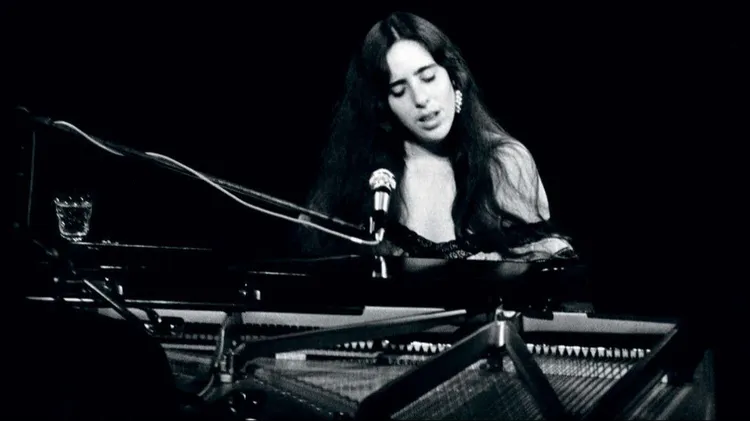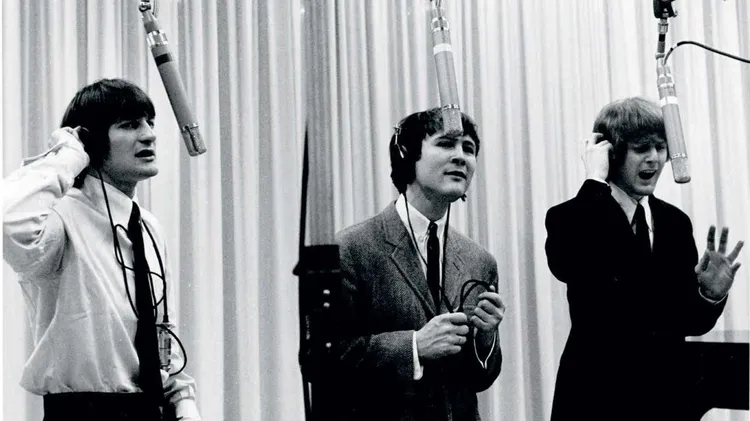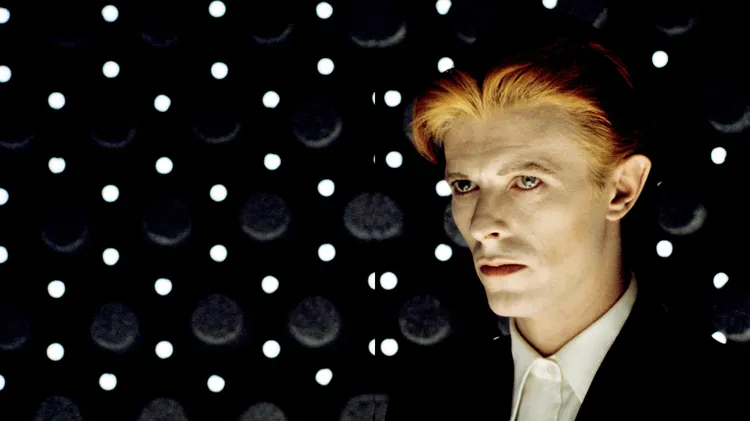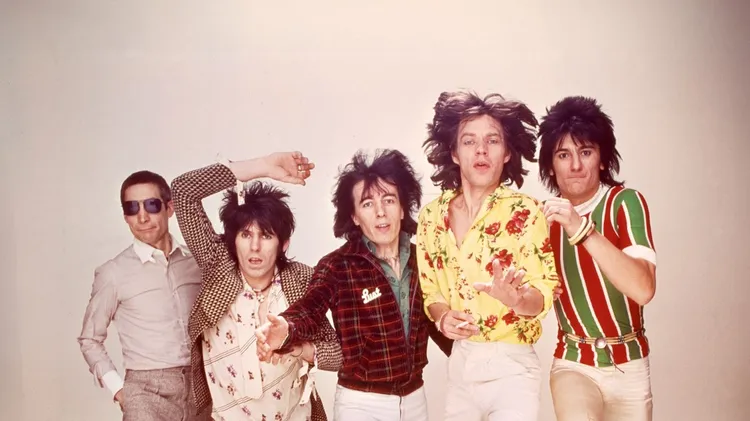The former Blondie guitarist revisits his classic riffs and solos on “One Way o
Frankinfante
10 min read
This article is from...
Read this article and 8000+ more magazines and newspapers on Readly






